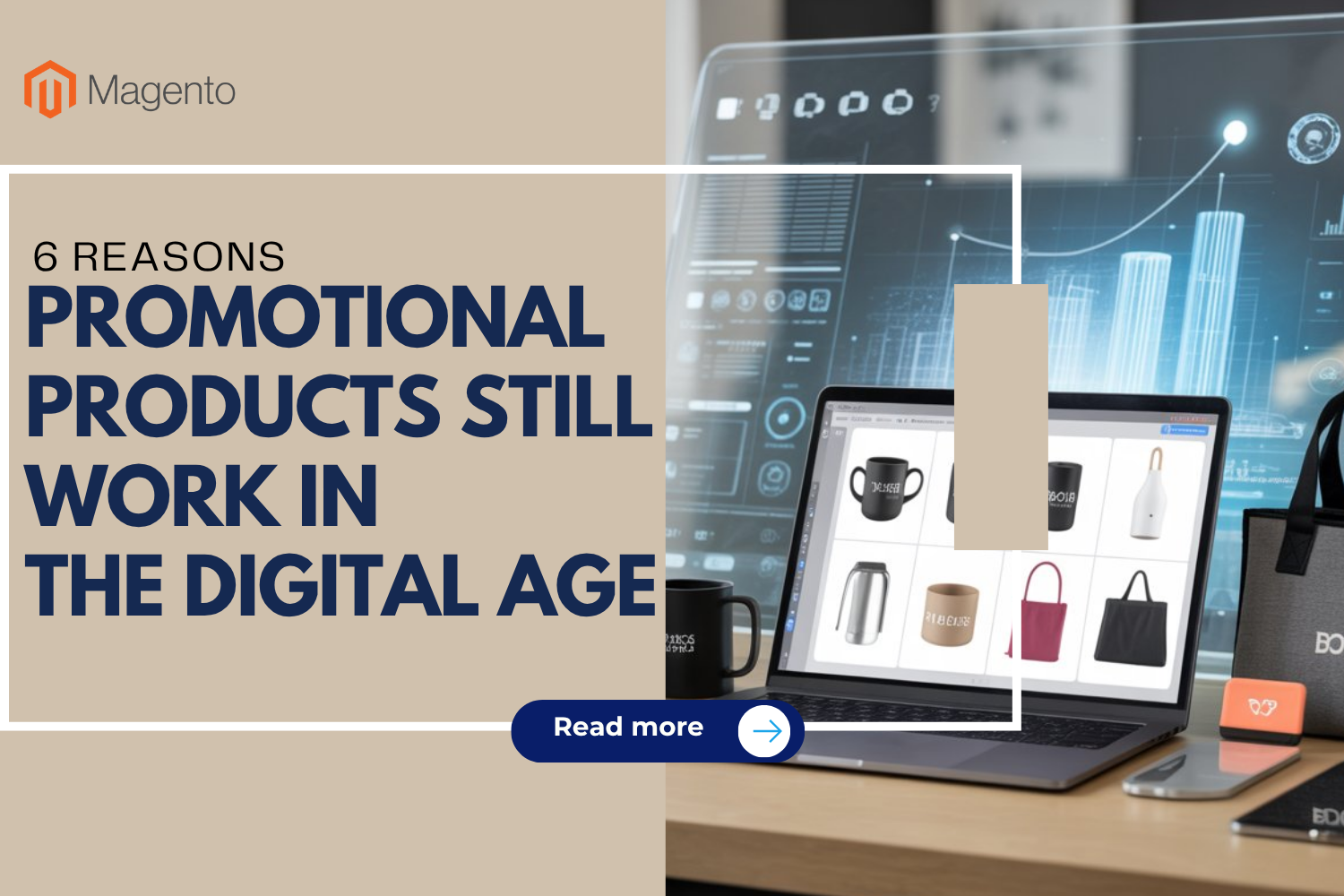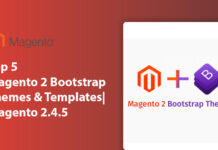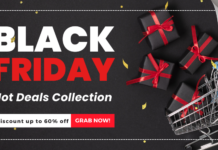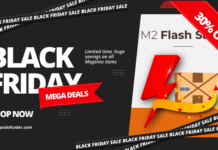
You can’t succeed in business today without effective promotional tactics. A simple branded pen sitting on a desk can often speak louder than a fleeting pop-up ad on a screen. While many companies focus heavily on digital advertising, promotional products continue to capture real, lasting attention. Offering a tangible gift with a logo provides a refreshing alternative to digital overload. These physical items break through the noise and leave a memorable impression that digital ads often fail to achieve.
Table of Contents
I. Tangible Connection in a Screen World
Promotional products give people a real object to hold and use. A screen can show a brand in just a few seconds, but a physical item stays in hand. A branded mug or a sturdy notebook creates a sense of touch that digital ads cannot match. Many businesses basically leverage online company stores to distribute these branded items efficiently, ensuring employees and clients have easy access to impactful, tangible brand experiences.
When someone picks up a branded item, they form a clear link between their daily life and the brand’s message. Holding that object gives a feeling of actual ownership that a quick click on a phone cannot offer. This real-world connection helps a brand stay present in someone’s mind each time the item gets used or seen.

(Image Source: Pexels)
II. Long-lasting Brand Visibility
Digital ads vanish when someone scrolls past them. Promotional products keep showing the brand long after they arrive. A water bottle or a tote bag with a logo stays in use for weeks or months. Every time that item moves outside the home or sits at a desk, people notice the branding again. That constant presence makes the brand stick in memory. While an online ad disappears in a few seconds, a promotional product repeats the brand message again and again. This steady visibility works quietly in the background, gently reminding people of the brand over time without extra spending on new ads.
III. Building Trust Through Physical Gifts
People trust brands that put effort into a real, useful gift. A simple digital banner often feels cold and forgettable. In contrast, a practical, well-made item shows that the brand cares about recipients’ daily lives. An item like a comfy hoodie or a reliable power bank shows that the company values quality. This value transfers to the brand’s overall image, making people see the brand as dependable. When someone receives a tangible gift, trust grows because they feel the brand invested in their needs. Promotional products enhance this trust-building process by offering something genuinely useful, thereby reinforcing a positive image and long-term loyalty.
IV. Encouraging Word of Mouth and Sharing
Physical items spark conversations. When someone carries a branded tote to a market, friends and neighbors see the logo and ask about it. This sharing creates free word-of-mouth talk that digital ads struggle to match. Promotional products often draw questions and comments, which gives the brand a chance to gain new attention. One person’s branded sweatshirt can become a talking point among several people in a social setting. This ripple effect spreads the brand’s name far beyond the initial recipient. As more people see the item in daily life, curiosity grows, and more people remember the brand when they need related products or services.
V. Cost-Effective and Memorable Marketing

(Image Source: Pexels)
Promotional products offer clear value even on a tight budget. A simple branded pen or keychain produces hours of exposure for a modest price. Digital ads often require constant spending to stay visible. In contrast, a single physical item does all its work at once. It can resurface the brand’s name every day without extra fees. A memorable gift also makes a stronger impression than a fleeting banner or video. A recipient keeps and uses that item, and every glance serves as a mini reminder. This steady return on a one-time purchase makes promotional products a cost-effective tool for long-term brand building.
VI. Bridging Online and Offline Engagement
Promotional products provide a place for the brand to connect outside a screen. A QR code printed on a branded notepad or sticker can guide people to an online offer. This link between offline and online spaces encourages recipients to interact digitally with the brand. When someone scans the code, they move from a simple item on a desk to a web page or social media page. This smooth transition pulses between the physical and digital worlds and gives the brand more chances to share content or offers. This blended approach boosts brand reach and creates an experience that flows naturally from a desk to a device.
Conclusion
Giving a physical gift cuts through digital clutter and leaves a lasting impression. Promotional products stay in daily life, build trust, and drive new conversations. They offer a cost-effective way to keep a brand visible without endless spending. By linking a real object to online content, promotional products strengthen the brand’s presence. Simple, useful items help the brand touch real people in a way that digital ads cannot match. In a world dominated by screens, these real-world tools still create some of the strongest marketing impacts available today.











![[SALE OFF] Discount 30% All Premium Extensions On Christmas And New Year 2025 christmas-and-new-year-2025](https://landofcoder.b-cdn.net/wp-content/uploads/2024/12/christmas-and-new-year-2025-1-218x150.png)






